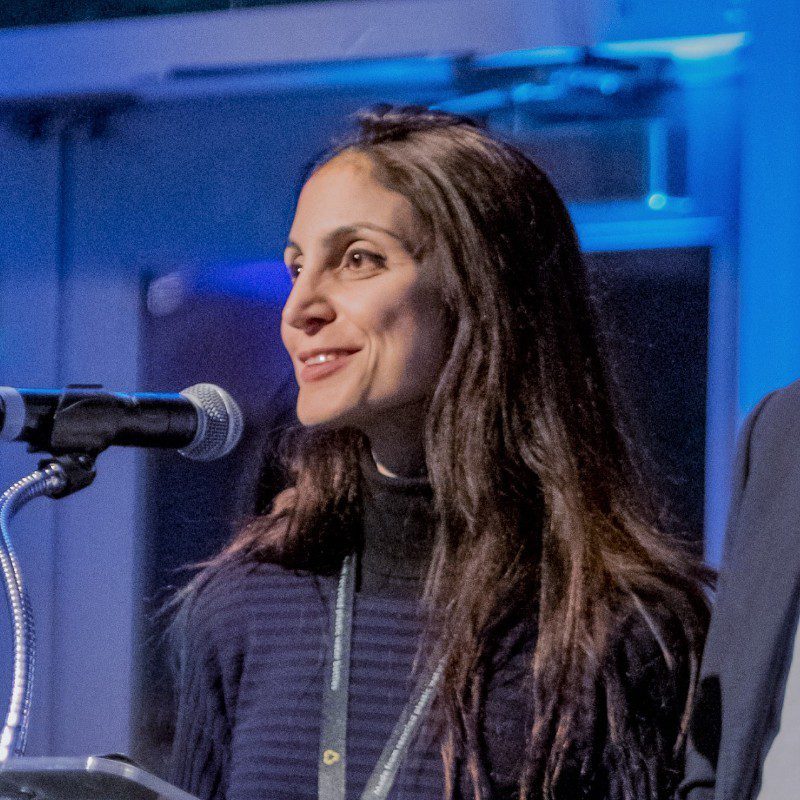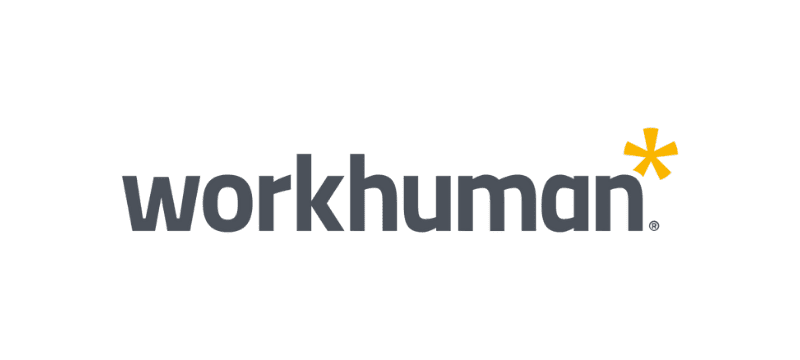Is employee recognition the key to surviving the looming recession?
Learn more about the ROI of employee recognition and how to make the pitch for better investment in your people even in times of economic downturn.
Hear about the direct link between recognition and business benefits.
Understand how even small changes to business culture and recognition strategy can have an outsized impact on key organizational and HR metrics.



With an uncertain economic outlook, companies can often look to start cost-cutting hoping that ‘soft’ programs such as employee recognition and people-centric initiatives can cushion the blow of a recession. However, the last few years showed businesses that investing in people can often be the savviest way to ensure success during difficult times.
In fact, during these times it’s even more imperative to utilize tools and strategies that mitigate the negative impacts of redundancies, customer losses, supply chain issues, and personal financial and mental strains – to name a few. As such, Kate Graham, Head of Content Labs and Insights at UNLEASH is joined by Scott Dussault, CFO at Workhuman, and Diana Fayad, Total Rewards, Global Executive at GE to discuss the importance of employee recognition, investing in it, and how even small changes can have massive benefits.
Watch on-demand to:
- Get the details on creating a watertight business case for employee recognition programs.
- Explore the proven tactics to move the needle on employee happiness and motivation.
- Learn more about why cutting investment in people isn’t the right tack to take.
Recognition no longer becomes an option…it becomes an important foundation of culture and EVP – Diana Fayad, Total Rewards, Global Executive at GE
Recognition as a management tool during difficult times
In times of economic downturn, it is even more imperative to mitigate the potential negative effects of redundancies, uncertainty, and supply chain issues. For GE’s Fayad, recognition couldn’t be more integral to this. She kickstarted the webinar by explaining how employers should now manage workers (having gone through the difficult dynamics of the pandemic) by understanding that workforce feelings are a central part of a healthy work culture and a good employer offering. On the flip side, most in HR will know employees are expecting employers to better deliver on their whole life, including being recognized for their values, their purposeful actions, and what they bring holistically to work.
As such, the role of HR and HR leaders is elevated, added Dussault, as they understand how much the relationship between employees and employers has changed and how much it needs to be better managed. Understanding the impact of remote work, work-life merging, burnout, and added workforce demands, Workhuman’s CFO laid out that with the human workforce valued at $ 1.3 quadrillion dollars employers need to be mindful of how to best manage people. As he said, giving a job isn’t enough anymore, it’s about making workers feel human and valuing them as humans where connection, community, belonging, and recognition is at the core of that relationship.
What the data shows about building recognition
In fact, Workhuman’s data, explained Dussault, shows that when employees are thanked in the last month they are half as likely to be looking for a new job, more than two times as likely to be highly engaged, twice as likely to feel more respected at work, and more than three times more likely to see a path to grow at the organization. It means, concluded Dussault, that basic recognition practices mean employees are going to feel more connected to the organization.
It all begs the question of what recognition schemes work well if the upshot of recognition is good performance against key talent metrics. For Fayad, employers need to understand that there is no one silver bullet and employee preferences regarding recognition need to be taken into account. This could mean, especially for big companies, that different localities, demographics, and types of employees are considered when they make a recognition scheme. As such, it is preferable to have an objective (such as making employees more motivated), a good process, and make sure genuineness is at its core.
Importantly, she warned that having the wrong recognition program in place can even cause more problems than it solves. However, get it right, as Dussault added, and then HR can boost engagement, and reduce turnover and absenteeism, as well as improve productivity, and wellbeing outcomes.
Making that great recognition program
With all webinar speakers agreeing that the process, workforce-orientated nature of the programs, and authenticity had to be central to great recognition, the conversation turned to what this looks like in reality.
They shared ideas around:
Being authentic and strategic: Workhuman stats show that in 100% of cases if the recognition program isn’t strategic or authentic it will fail. As Dussault explained, employees now want to feel like they’re contributing to company goals and are being seen for it. They want to feel like work has meaning but that also has to align with the company’s strategic values. Frequency and timeliness are key to recognition success here.
Recognition should bridge people to company values: As Dussault added, it’s about making sure work is engaging, workers are engaged with their tasks, and productivity is cohered around the employer’s goal. It means for any recognition moment or program, linking to employer values and goals is key and this should be embedded in the design of the recognition program.
Balance is key and is execution: Fayad explained that the design of any recognition program is integral to success. It has to balance worker values, employer values, and business needs. Yet, this is nothing if it is not executed effectively. This requires people leaders, HR, and business leaders to properly deliver and for specific details to play a role in recognition. Rather than ‘Well done’ think ‘The report you created helped people better understand the role of reward’. Simple!
Salary isn’t everything: Whilst financial incentives are an important part of a reward program, money isn’t everything. However, as Dussault added, cash doesn’t change the culture. This is where a deeply ingrained recognition program should play a role in creating an authentic positive relationship between the employer, the manager, the employee, and the work.
Bottom-up recognition is a cultural booster: When recognition is bottom-up, it is a genuine sharing of thanks and understanding from managers and employees to each other as they go about their jobs working to team and business goals. It has to be timely and also visible to work well, explained Fayad, which can involve recognition days or sharing on public platforms. In turn, this drives behavioral changes and is cost-effective, too.
And, it means that junior people recognize senior people too as this is a good reflection of recognition being a great part of that culture and having leaders already model good recognition practices.
